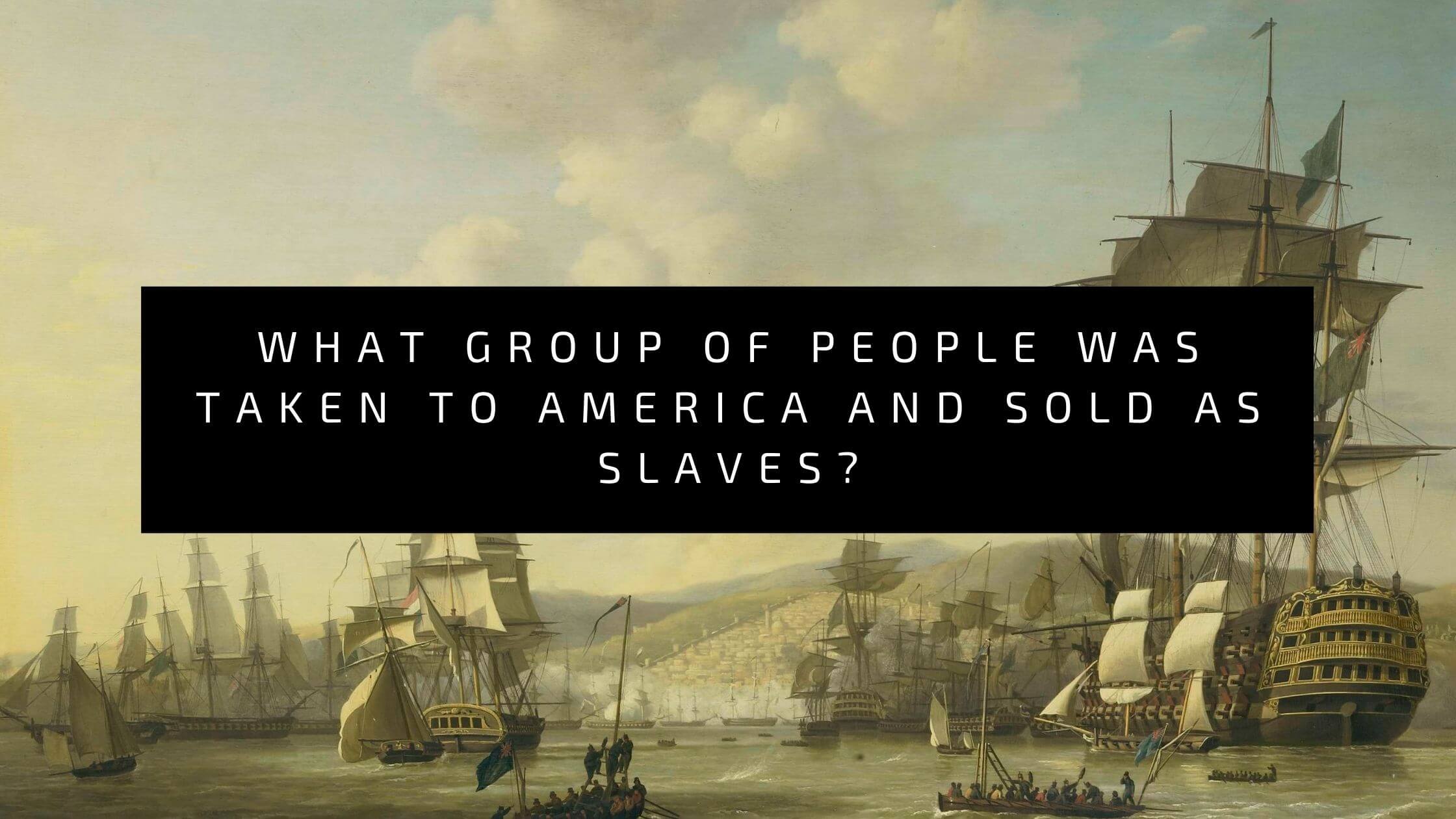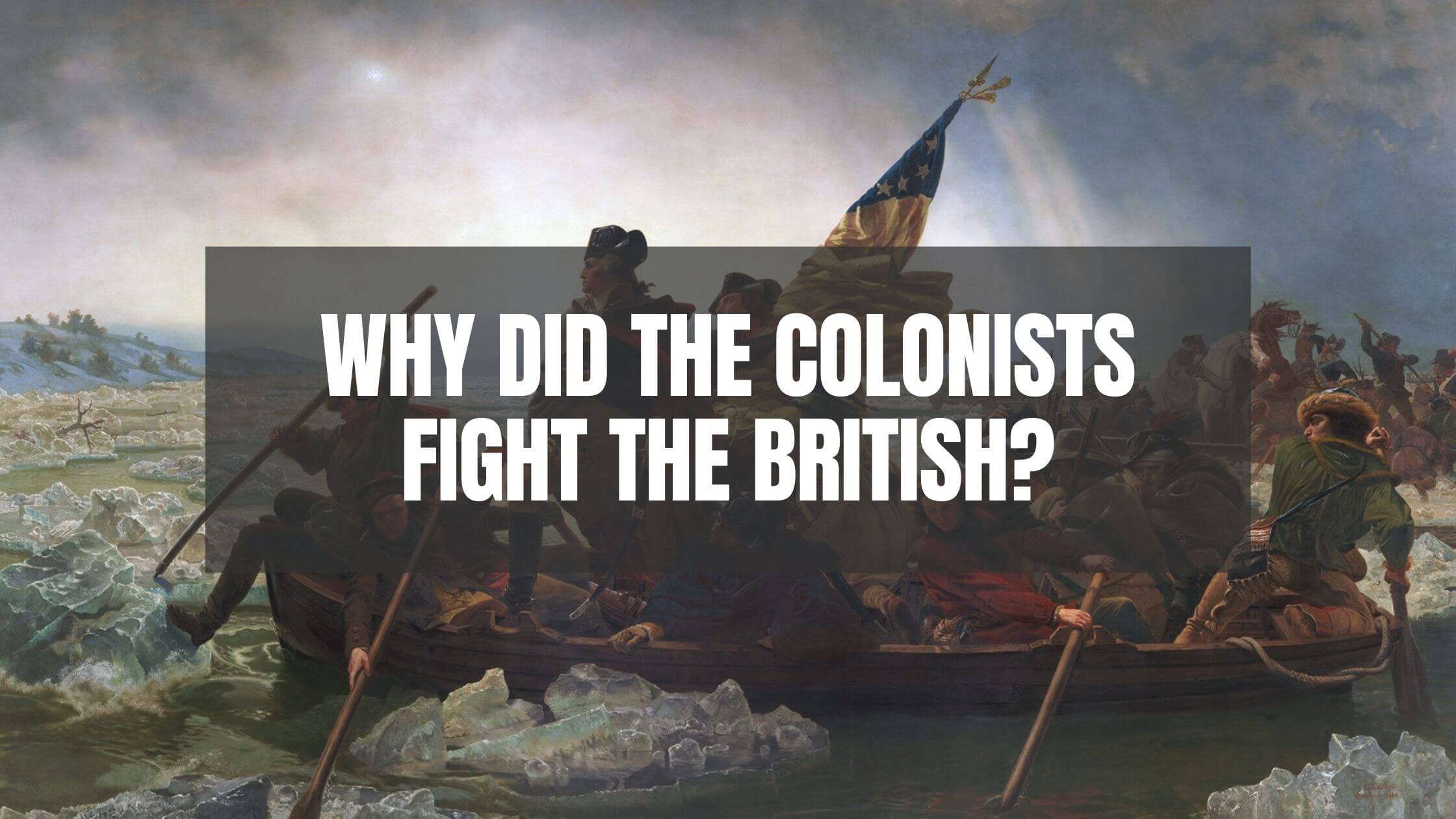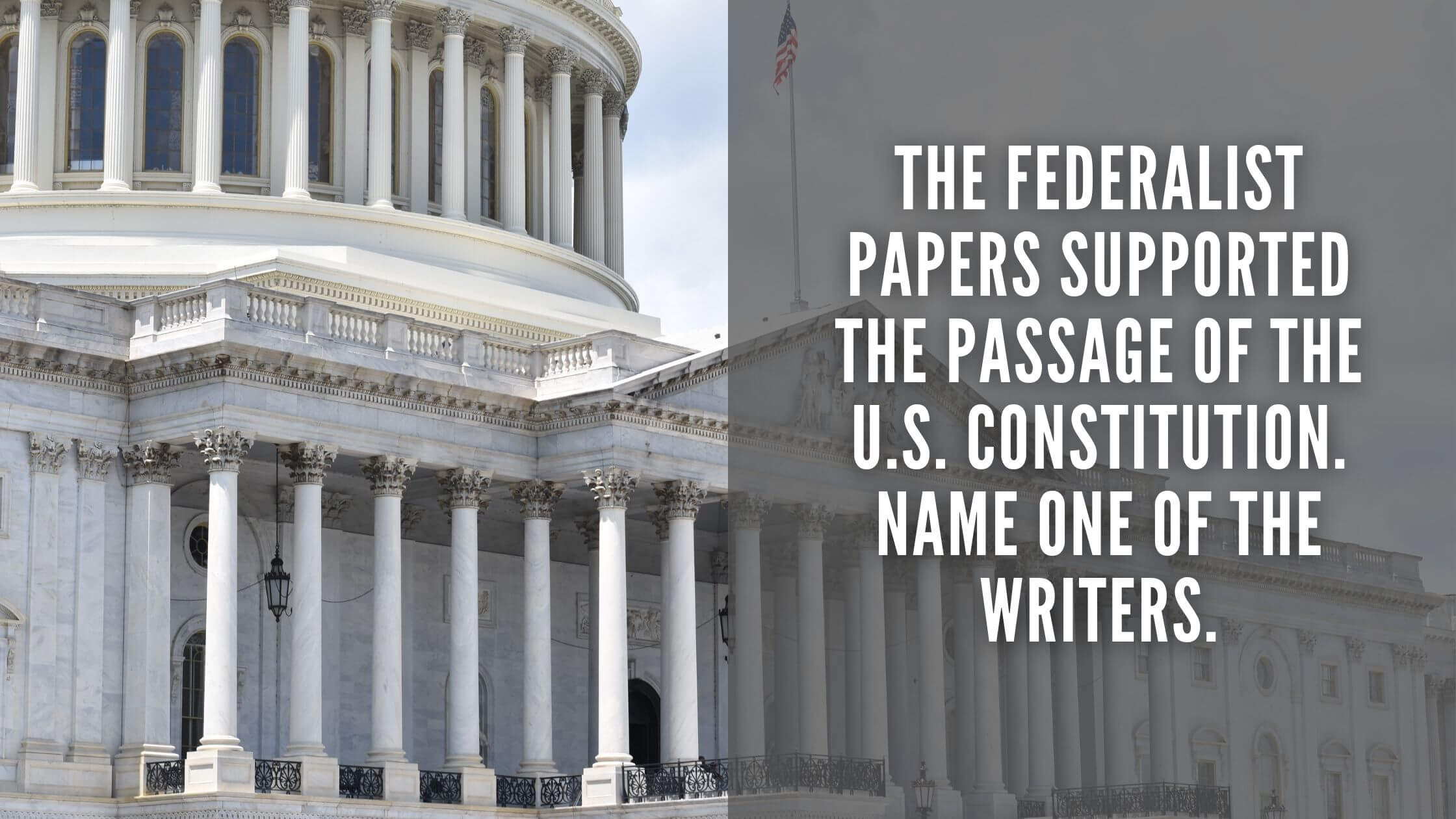To pass the US citizenship test, you will have to answer 10 of a possible 100 questions. The following question is from the USCIS test.
Name one American Indian tribe in the United States.
Acceptable Answers:
- Cherokee
- Navajo
- Sioux
- Chippewa
- Choctaw
- Pueblo
- Apache
- Iroquois
- Creek
- Blackfeet
- Seminole
- Cheyenne
- Arawak
- Shawnee
- Mohegan
- Huron
- Oneida
- Lakota
- Crow
- Teton
- Hopi
- Inuit
The following is a full explanation of the USCIS question:
The simple thing to do would be to memorize one of these names and use that Native American tribe for the exam. However, the list offered is not the full list, and the official guidelines say that those administering the test will have access to the complete list. So, how many tribes are there in the United States, and what else should we know about them?
How Many Native American Tribes Are There in the United States?
As of February 19th, 2020, there 574 were native tribes legally recognized in the United States. This means that all 574 have passed strict criteria that mean that the government can federally recognize them. There could well be many smaller tribes of native people across the nation that aren’t yet recognized under those guidelines.
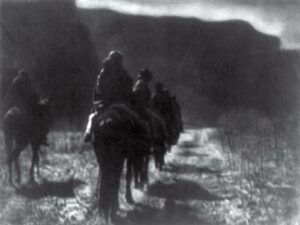
At this point, it is also important to recognize differences in language and terminology used in official guides and by those of native descent. The term American Indian is common in official documentation and departments. However, many prefer the term Native American, Indigenous, or First Nation, as their heritage has nothing to do with India.
What Does Federal Acknowledgement Entail?
There is a strict list of criteria that tribes need to pass for the Office of Federal Acknowledgement to grant them this status. They are as follows.
- The proof that the group in question has been an American tribe on a “substantially continuous” basis since 1900.
- The proof that there is a “distinct community” of people that have lived under this name for that period.
- The proof that this community has lived autonomously with strong political influence from the leader petitioning the government.
- Documentation that demonstrates this government structure and the membership criteria.
- The proof that individuals of this tribe are descended from a historical tribe already within the United States.
- Proof that those petitioning for this status are not members of any other recognized tribe in America.
- The proof that there was never any measure by Congress to forbid this legal recognition or to terminate a pre-existing agreement.
There are many hoops for tribes to jump through to be recognized alongside others in the country. But, there is also a need to ensure that groups with no native ancestry aren’t trying to play the system. It can be a long process, and some applications have taken more than 10 years.
Some Well-Known and Larger Native Tribes in America
The Cherokee
The Cherokee Tribe is the largest in the United States, with 729,533 members as of 2020. They were widespread in America, with land right across the South East from the Carolinas to Tennessee. However, they signed a treaty with the United States in 1835 for $5 million and a plot in Oklahoma. There are measures in place to preserve the culture and the language with younger generations.
The Navajo
The Navajo is another nation that has struggled with issues of culture and recognition despite there being around 330,000 of them. A Navajo course on Duolingo was one attempt to inspire those of Navajo descent to learn more. The tribe lives on a reservation of around 17 million acres and originated from the Four Corners area of Arizona, New Mexico, Utah, and Colorado.
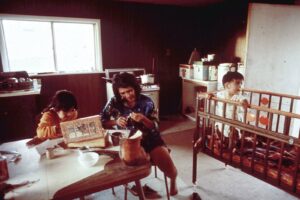
The Sioux
The Sioux nation is the 4th largest but one of the first names that will come to mind for those keen on American history. One of the most famous leaders of the Sioux was Sitting Bull, who fought against General Custer’s army at the Battle of Little Big Horn. Another was Crazy Horse.
The Wampanoag
The Wampanoag inhabited an area around what is now Massachusetts and Rhode Island. It is surprising not to see them on the official list above because of their place in history. The Wampanoag greeted the Pilgrims as they landed in Plymouth and helped them survive in their first years. Today, the tribe is a recognized part of the Mayflower story and one of the nations that take part in anniversary celebrations.
The Lakota
It is not just the Sioux whose name is associated with battle and tragedy. In 1890, the United States Army slaughtered between 150 and 300 Lakota Indians. The aim was to suppress all those who felt they could fight back against United States supremacy.
The Apache
The Apache probably most closely resembles the stereotypical image of the “American Indian” from popular culture. They were a nomadic tribe that hunted buffalo on the plains and were one of the first to ride on horseback. This informed a lot of depictions in film.
The Native Americans of Canada and Alaska
Finally, when talking about the different indigenous people of the United States, we can’t overlook those in Alaska. The Inuits and Yupik are among many tribes in this area and are renowned for how they can survive in such harsh conditions.

Get Smarter on US News, History, and the Constitution
Join the thousands of fellow patriots who rely on our 5-minute newsletter to stay informed on the key events and trends that shaped our nation's past and continue to shape its present.
However, these communities face serious threats from many different sources. The Inuits have had to adapt to changes in culture and advancements that could benefit them and threaten their traditions. Climate change is also a big issue in these frozen regions.
In short, it should be easy to name just one tribe when there are so many. This is just a starting point for the many native tribes in the United States. Anyone that wants more information on a specific community should continue with further research or reach out to groups online. There are plenty of resources, and people of all ages are willing to share their stories.

